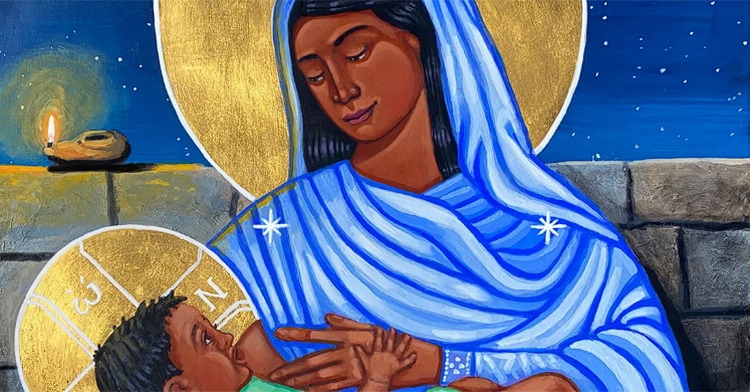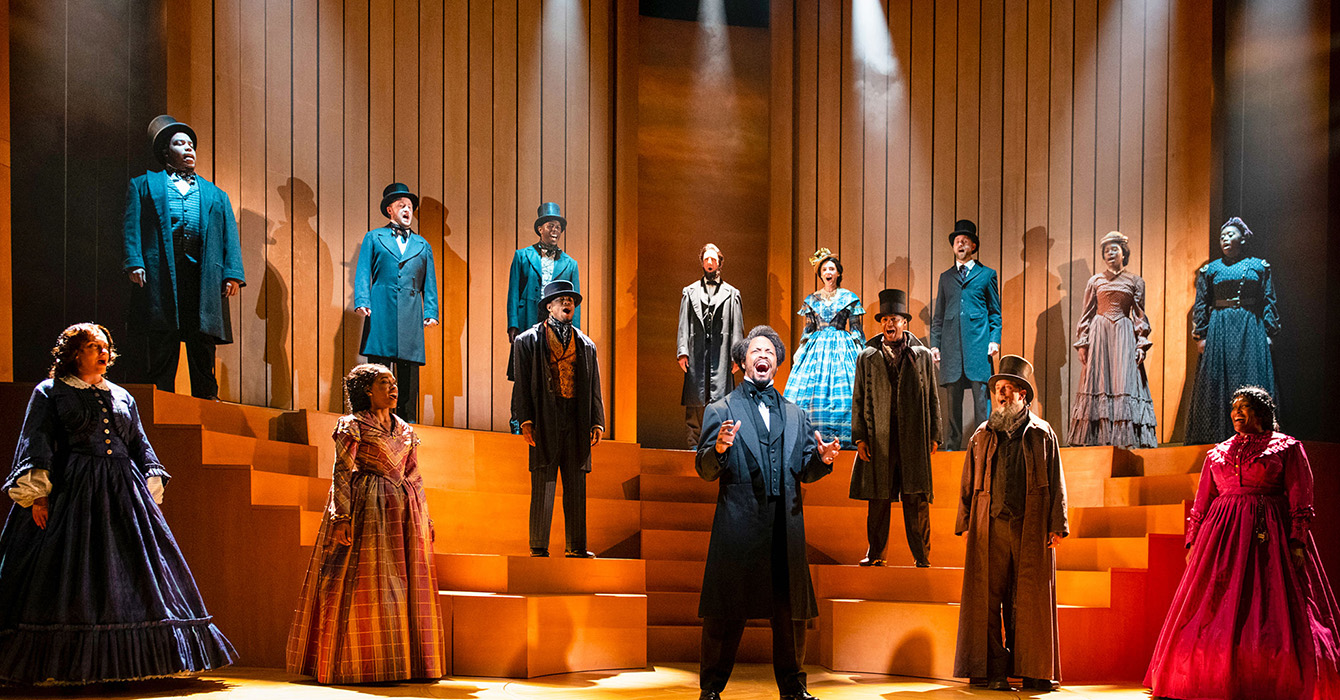“You have to hang on that tension note -- that’s what makes the solo interesting.” My saxophone teacher told me this years ago when I was learning jazz improvisation; little did I know then this would become a lesson for ministry.
Despite the church’s expressed commitment to creating a peaceable community through reconciliation, in daily life we often sidestep tension and conflict. “It’s probably easier to move to something else and not address that comment,” thinks a pastor in a tension-filled meeting. “I’d rather not talk to the pastor about the way we’re doing our music these days,” thinks one parishioner. Often Christians see conflict and tension as problems to be forgotten or hastily avoided.
For the jazz musician, however, without the tension there is no groove. The sense of movement in a jazz solo depends upon the building up of harmonic tension followed by release. In jazz, the idea is not to reduce the tension or eliminate it, but rather to negotiate it and let the tension and resolution work together to create something beautiful.
What makes jazz so instructive is that a chord is rarely resolved the same way twice. As each soloist in the band plays over the same chord progression, the particularities of each round means every tension is resolved slightly differently. The jazz musician constantly has to find new ways of resolving tension.
Despite popular notions of improvisation as performance in which anything goes, jazz artists are schooled within a wide tradition of music ranging from Louis Armstrong to John Coltrane. The musicians learn the same tunes called standards, practicing each one so many times they become second nature. The musical tradition and chord structure provide a framework for what pianist Herbie Hancock calls “controlled freedom” and theologian Jeremy Begbie calls “liberating constraint.” The band has one sound because they are drawing from the same tradition and playing from the same chords, even as each musician improvises.
The tension and resolution of a jazz solo also occurs as part of a band. For example, a saxophone soloist may not know ahead of time how the pianist will play a particular chord, and the way he plays that chord will then affect the notes the saxophonist chooses. Then the drummer might pick up the sax’s notes and rhythm, playing them back to the band. The members of the band have to listen to one another, exchange ideas and find mutual inspiration to negotiate tension toward a fruitful musical resolution.
Like jazz musicians, we in the church are rooted within a common tradition and so are able to enter into tension and respond to it with creativity and imagination. Working through conflict proves our commitment to one another, as we rediscover our mutual identity in each other and within the community of Christ.
In the process of living through tension and conflict, we are taken outside ourselves, discovering we are not self-sufficient. Each individual’s sense of what is best for the congregation has to be negotiated with others in that community. Tension becomes a means of dispossessing our narcissistic attempts to be self-sufficient. By working through tension we learn to see other people not simply as competitors, but as part of a life inherently interconnected with others.
This process of tension and resolution in turn forms us: We learn to see others not through rivalry and self-defense but through mutuality and self-giving love. As musicians in a jazz band improvise, they find ways of resolving musical tension together as a band. One member cannot control the process, but the resolution is negotiated by everyone involved. Like the jazz musicians, our tensions are never resolved the same way twice, we do not necessarily know how other members of the “band” -- our church community -- will express conflict, but we have to listen to one another in order to move toward resolution.
This does not mean we should seek conflict or that all tension eventually will resolve itself. We need not look far into the church’s history for examples of how tension -- racial, theological and socioeconomic -- has served as a means of destruction within our communities. But if we are truly in community, there will be tension; jazz shows that when this tension is faced openly and honestly, it can be harnessed to form a deeper community -- or, God willing, a hipper groove.














